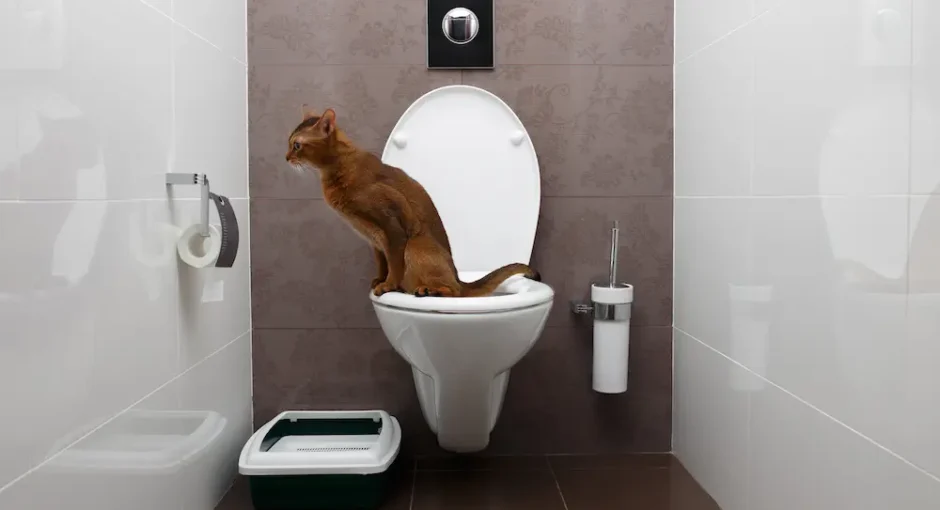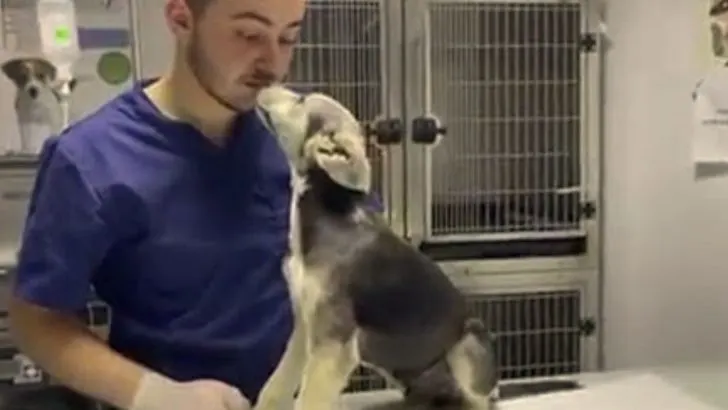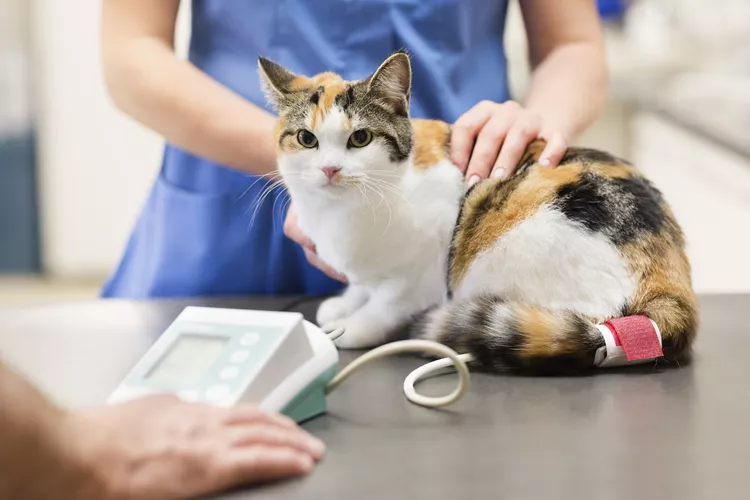Bringing a new cat home comes with its share of joys and challenges, and one of the first hurdles you might face is potty training.
Whether you’re introducing a tiny kitten or integrating an adult cat into your family, setting up the right potty training environment is crucial.
It’s not just about choosing a litter box; it’s about making your new cat feel secure and comfortable in their new surroundings.
For kittens, a smaller litter tray is recommended to start, as large ones can be quite intimidating.
On the other hand, adult cats will need something more size-appropriate.
Adjusting the size as your kitten grows is also essential to keep up with their changing needs.
Potty training a cat might seem daunting at first, but with the right approach, it can be a smooth and even fun process.
Let’s jump into some simple steps to ensure success in this essential part of pet care.
Read more: This “Strange Thing” Every Cat Has Under Its Belly Baffles Scientists
Toilets Are Oddly Shaped For Cats
Toilets, though a common sight in human homes, present a unique set of challenges when it comes to cats and their bathroom habits.
Cats are naturally agile and sure-footed creatures, but the typical toilet’s smooth, curved surfaces can pose difficulties for even the most nimble cat.
Understanding The Challenge
Adapting to a flat, relatively slippery surface like that of a toilet requires significant adjustment from a cat.
Remember, cats prefer to cover their waste, a behavior rooted deeply in their instincts.
A litter box allows them to dig and cover, satisfying this instinctual need.
Toilets, on the other hand, offer no such satisfaction.
When you introduce a cat to a toilet, you’re asking it to ignore its natural urges to scratch and cover its waste.
Read more: How To Help Your Cat Feel Better After Vaccinations
Training Adjustments
Initiating toilet training involves providing a bridge between the familiar and the unfamiliar.
If you’ve used a specially designed training seat, you know it typically comes equipped with multiple rings or inserts that gradually reduce the platform’s size, increasing the toilet-seat exposure over time.
This gradual change helps mitigate the awkwardness but doesn’t necessarily overcome the inherent challenge of the toilet’s shape.
Given their body structure, most cats will find balancing on the rim of a toilet less natural than squatting in a spacious litter box.
The narrow rim can discourage them, potentially leading to accidents or reluctance to use the setup.
Cats vary significantly in size and agility, which means what works for one might not work for another.
Particularly for older cats or those less confident with balance, the transition can prove especially challenging.
Read more: Dos and Don’ts of Petting a Fearful Cat







